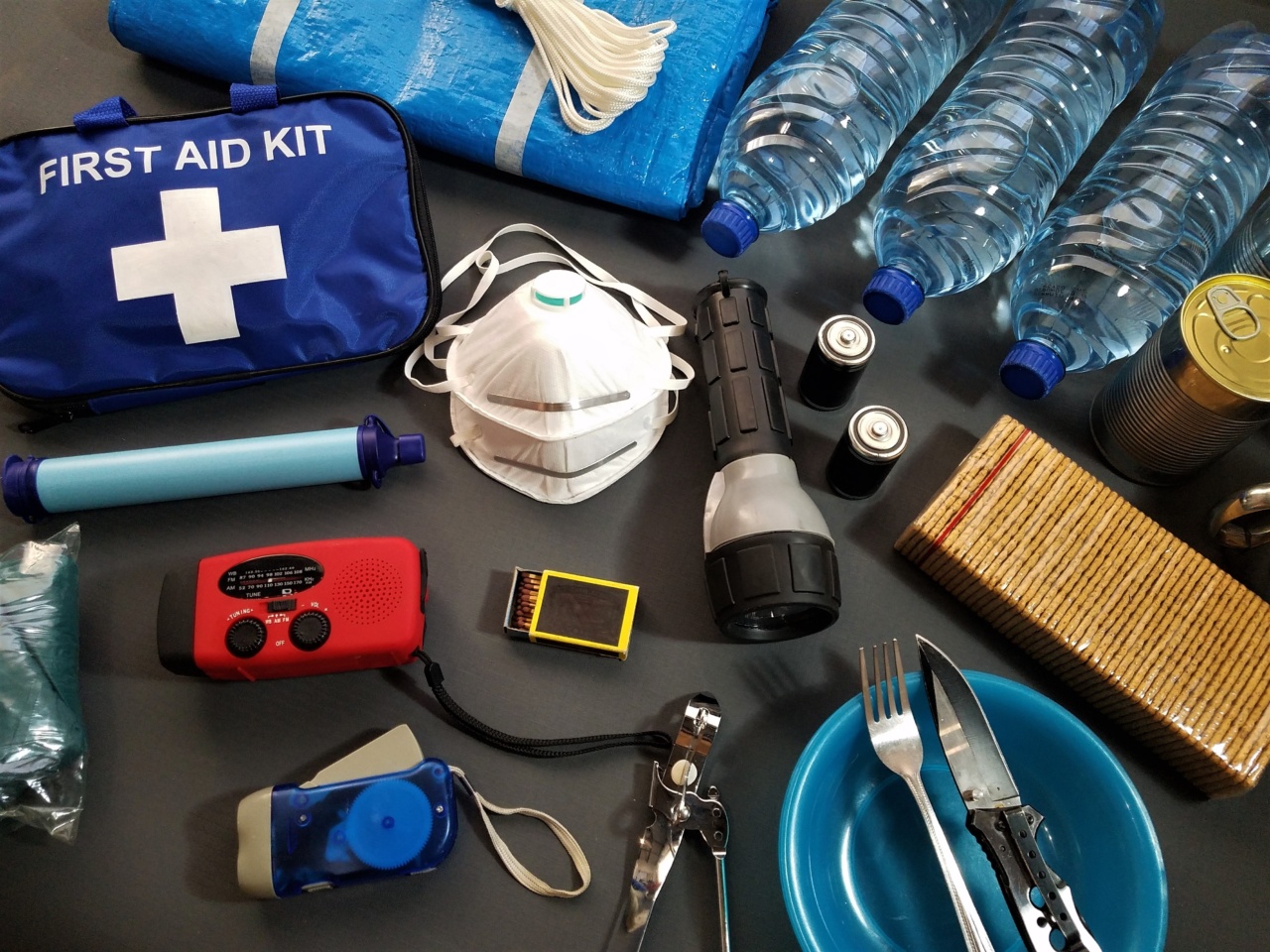Emergencies can occur at any time and at any place, often with devastating consequences.
Natural disasters like earthquakes, floods, hurricanes, and tornadoes could leave individuals and communities in dire need of medical attention, food, and shelter, among other essentials. In such instances, emergency aid locations can provide critical support and help to individuals, families, and communities in need.
Types of Emergency Aid Locations
Emergency aid locations come in various forms and sizes. They can be operated by individuals or organizations and could include:.
- Emergency Shelters
- Food Banks
- Disaster Response Centers
- Donation Centers
- Mobile Medical Clinics
Services Offered by Emergency Aid Locations
The services provided by emergency aid locations can vary depending on the situation. However, the following are some of the critical services offered:.
- Foods and Beverages
- Temporary Shelter
- Personal Hygiene Supplies
- First Aid Services
- Clothing Items
- Counseling Services
- Information and Referral Services
- Medical Care Services
- Temporary Cash and Financial Assistance
- Assistance with Rebuilding or Repairing Damaged Property
How to Find and Access Emergency Aid Locations
During emergencies, finding and accessing emergency aid locations could be challenging. However, the following steps could help you locate and access emergency aid locations:.
1. Listen to Local News and Radio Stations
Local news and radio stations could provide vital information on the location of emergency aid centers. They could also offer essential updates on available services and resources in your area.
2. Check with local government Agencies
Government agencies like the Federal Emergency Management Agency (FEMA) and the American Red Cross are known to provide emergency aid services during catastrophic events.
You can check with these agencies to get information on available emergency aid locations in your area.
3. Use Social Media
Social media platforms such as Twitter and Facebook can provide information on aid locations for emergency situations. People post real-time updates regarding aid locations and services on social media platforms.
Following social media accounts of local emergency services or disaster management agencies can be beneficial in obtaining such updates.
4. Phone hotlines
You can also use phone hotlines to locate emergency aid centers. National hotlines like 211 and 311 can provide information on emergency services in your area.
Critical information like operating hours and locations of emergency aid centers can be accessed through these telephone services.
5. GPS-enabled devices
GPS-enabled devices like smartphones can help you locate emergency aid centers. With the device’s geolocation features, you can search for nearby emergency aid centers through online search engines like Google or Bing.
Benefits of Emergency Aid Locations
Emergency aid locations could make the difference between life and death in critical situations. The following are some of the benefits that emergency aid locations offer:.
- Quick Access to Medical Care Services
- Temporary Shelter and Housing
- Relief Supplies and Resources
- Assistance with Repairing and Rebuilding Damaged Property
- Emotional and Psychological Support and Counseling Services
- Temporary Cash and Financial Assistance
- Availability of Information and Referral Services
- Specialized Medical Attention for Individuals with Chronic Medical Conditions like Diabetes and Hypertension
Conclusion
Emergency aid locations are critical in providing vital services to individuals, families, and communities in times of emergencies. With the right tools and access information, finding and accessing emergency aid centers could be easier.
Examples of emergency aid locations include food banks, shelters, disaster response centers, mobile medical clinics, and donation centers. Emergency aid locations offer critical services like temporary housing, medical care services, personal hygiene supplies, and emotional and psychological counseling.
They are an essential part of any emergency management strategy and serve as a lifeline for those who need it most. Always keep the information of emergency aid centers at hand to enable quick access during unprecedented events.




























